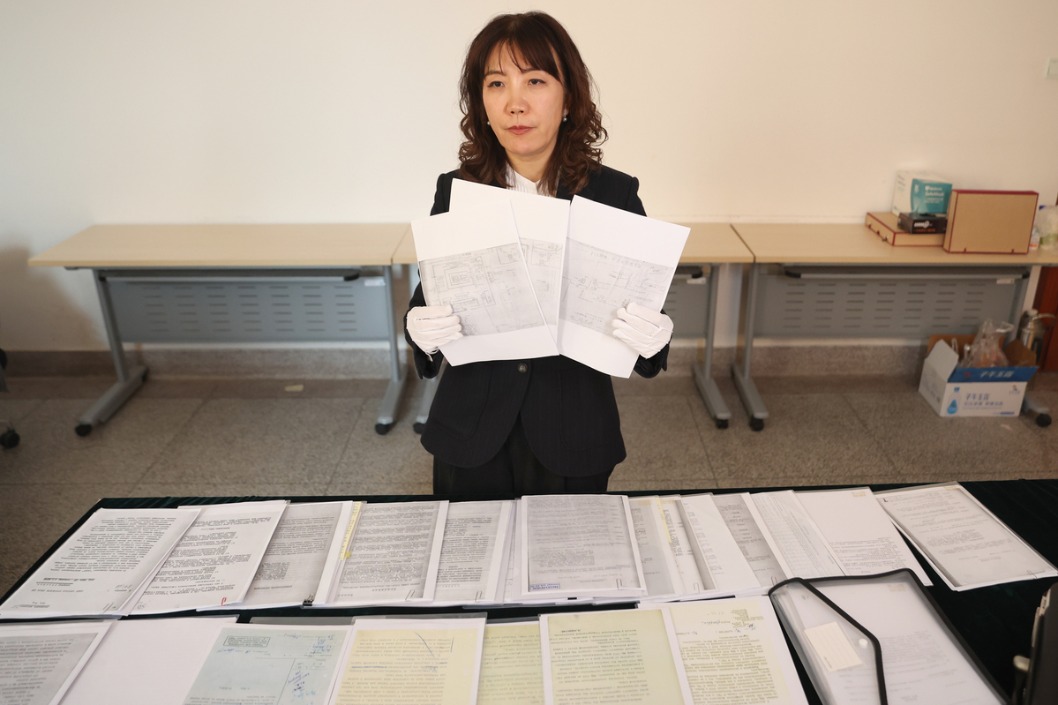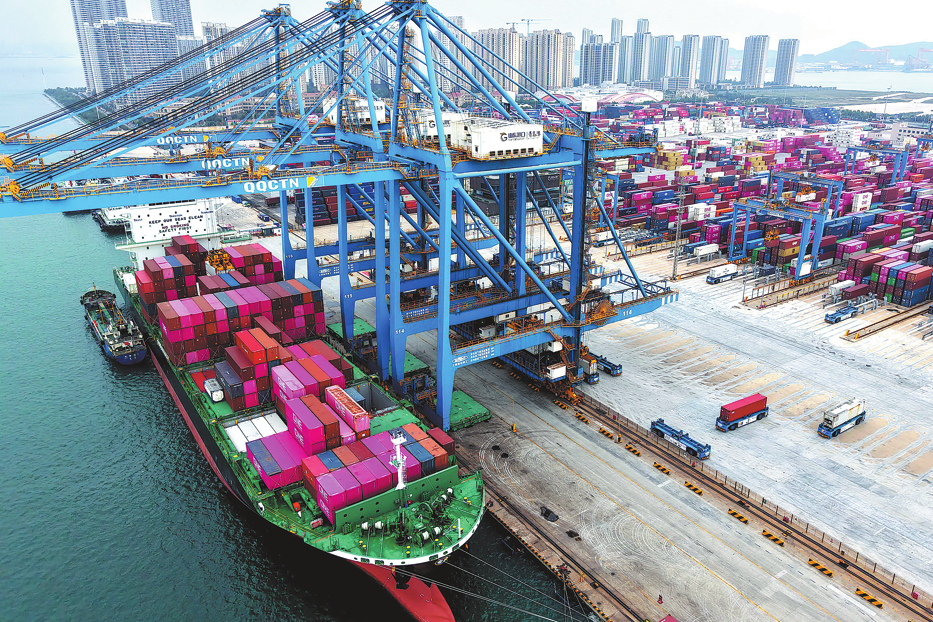Tech support


Developing countries require assistance to effect the technological change that is needed on the global scale to significantly reduce global greenhouse gas emissions
What is more important than good and clean air?
In recent years the world has seen unprecedented progress in every field, raising people's living standards manyfold. The technological revolution has increased the world's wealth to a once-unimaginable level but at the cost of accelerating climate change and ecological devastation. The overall global temperature is gradually increasing, and if it continues to do so, it will inflict devastation on a massive scale.
To limit global average temperature to well below 2 C above pre-industrial levels and to pursue efforts to limit the temperature increase to 1.5 C above pre-industrial levels-the targets of the Paris Agreement-the world's greenhouse gas emissions must decline to net-zero by 2050 and become negative in the second half of this century.
To achieve this, countries need to work together, and that requires a rapid and systemic transformation of the energy sector, starting with better energy conservation and more efficient energy use and the progressive replacement of fossil fuels with renewable energy.
The developed countries in the North, which are responsible for the bulk of global greenhouse gas emissions, are now working extensively to mitigate their emissions. Almost all economic activities have one thing in common: they require energy. It should therefore come as no surprise that approximately 73 percent of global greenhouse gas emissions in 2020 are attributable to energy-based activities.
During the last decade or so, climate change mitigation has emerged as an issue of intense public discourse. However, in developing countries, mitigation can succeed only if accompanied by economic and social development. Somalia and many developing countries have a wealth of renewable energy sources such as sun, wind, geothermal and hydropower that present new horizons of opportunity for social and economic development while fostering energy.
For most of the past 200 years, the steady growth in energy consumption has been closely tied to rising levels of prosperity and economic opportunities in much of the world. However, humanity now finds itself confronting an enormous energy challenge.
Developing and emerging economies face a double energy challenge in the 21st century: Meeting the needs of billions of people who still lack access to essential, modern energy services while simultaneously participating in the global transition to clean, low-carbon energy systems.
According to the World Bank, technological capabilities in developing countries are improving slowly. Containing global warming to 1.5 C is technically feasible with existing low-carbon technology-but only if developing countries deploy it on a massive scale.
Technology transfer and innovation for low carbon development has shown that low-carbon technology costs are decreasing while investment, trade, and innovation in this sector are rising. However, the benefits of that progress have primarily eluded the world's poorest countries, which play a minuscule role in low-carbon technology markets as buyers, sellers, or innovators-despite being the most vulnerable to extreme weather events, flooding, damage to infrastructure, and habitat loss.
A host of technological advancements and cost-cutting methods have enabled many countries to ramp up their renewable energy production over the past decade.
The largest renewable energy producers are China, the United States, Brazil, India and Germany. Technological advancement has enabled them to generate power in even low-wind conditions, while wind turbine companies are rolling out new designs with increased capacity. There has been much innovation in solar panel technology, too.
One derives a lot of hope from knowing that the world's most advanced countries are using the latest technologies to achieve carbon neutrality in the coming decades. China has ambitious goals of peaking its carbon emissions before 2030 and achieving carbon neutrality before 2060.
Technological change on a massive scale will be needed to significantly reduce global greenhouse gas emissions and develop sustainable green energy. Transforming the energy system of a country or region will require the adoption of four general strategies:
First, reducing the demand for energy in all significant sectors of the economy (buildings, transportation, and industry), thus reducing the demand for fossil fuels.
Second, improving the efficiency of energy utilization so that less fossil fuel is required to meet "end-use" energy demands, resulting in lower CO2 emissions.
Third, the replacement of high-carbon fossil fuels such as coal and oil with lower carbon or zero-carbon alternatives such as natural gas, nuclear and renewable energy sources such as biomass, wind and solar.
Fourth, increasing the capture and sequestration of CO2 emitted by the combustion of fossil fuels to prevent its release into the atmosphere.
The international climate architecture should be strengthened to provide greater support to the least-developed countries. The most developed countries should lead the way and collaborate with the others to provide global decision-makers, stakeholders, scientists, and engineers a platform to share their outstanding research and exchange their inspiring ideas to make this world secure for future generations.
Creating demand for low carbon technology products and encouraging innovation through domestic policies such as subsidies, public procurement, and financing are equally important.
Technology innovations to reduce greenhouse gas emissions will also require increased numbers of skilled workers, especially engineers and scientists, in a wide variety of disciplines for which prominent educational institutes should lead the way.
The author is the ambassador of the Federal Republic of Somalia to China. The author contributed this article to China Watch, a think tank powered by China Daily. The views do not necessarily reflect those of China Daily.
This article was compiled based on the author's speech on The 5th Taihe Civilizations Forum (TCF).


































